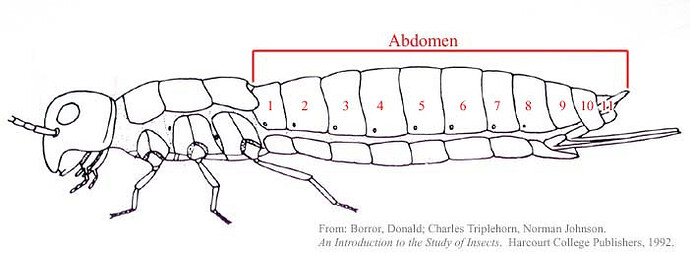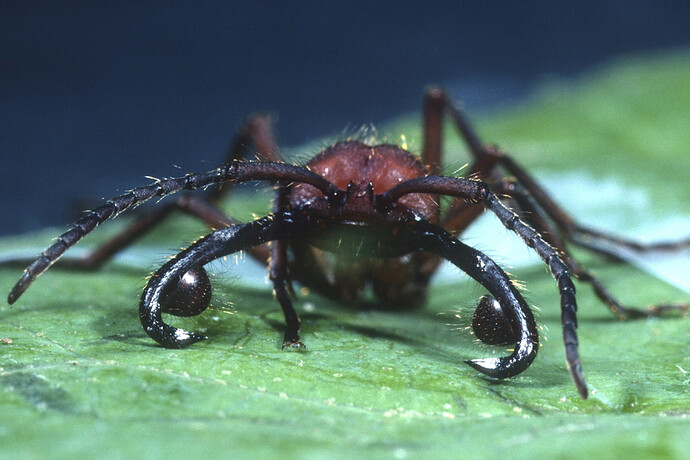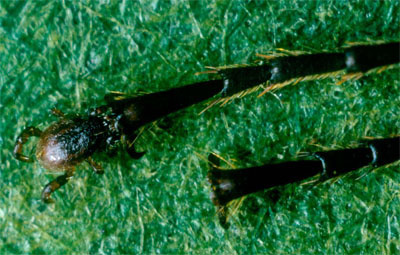To first try and address @anon63424221 's question: some ants simply move way faster than other ants. The Formica ants especially move quite quickly. And as I mentioned in Coralinecastell’s question above ants can cling to surfaces using those claws and hairs at the ends of their legs. The faster an ant moves the more likely they are to ‘misstep’ (the same is true of people, which is why you shouldn’t run on ice or uneven surfaces). So depending on the species ants may not be ‘jumping off edges’ as much as they are falling off by accident. Larger ants are even more likely to fall than small ones, but some small ones can also fall.
The hectic behavior in question may just be because you are a big scary shadow, that disturbs the ants and causes them to try and run away (or seek shelter). Them falling off the ledge may have less to do with the speed of their motion and more to do with them trying to get far away from you.
To return to the question of why climb up? Ants are big on determining the boundaries of a space (especially trying to determine the extent of their own territory) rather than what a space contains. This helps a colony take up the largest territory possible, at least theoretically. Of course, taller objects like blades of grass or other plants tend to have insects on them, so a foraging ant looking for some food would be wise to climb up those structures looking for insects.
@yoel666 I don’t consider myself educated on the topic, but I doubt Sony has the liquid assets on hand to simply buy take two, especially given the fact that GTA 5 is the most profitable entertainment product ever. However, if they were willing to mobilize some of their physical
investments or other forms of capital I don’t doubt that Sony could make a pretty good offer.
To answer this question with ants, I am going to take a page out of ‘Bunnies & Burrows’, and say that to the ant (which can count the number of steps between them and their nest in order to find their way back home When Ants Go Marching, They Count Their Steps | Live Science Oh,@yitzilitt that’s another one… the stilt experiment was still big when I was entering grad school) both Take two and sony’s respective cashflows would be huge and immense distances they wouldn’t ever consider walking, the influx of respective cash would be on par with the caloric intake of the biggest ant colonies on the planet. I doubt ants would consider it “normal” for those two companies to try and merge into one. In normal ant colonies the only reason for those sorts of interactions is that one of the companies would be feeling incredible stress from another direction and had no other choice but to try and muscle in on the territory of the other colony. Ant colonies create little zones of ‘no mans land’ between them and typically have very little actual combat between colonies of the same species.
@Gnuffi I am unsure what ants you are referring to, the bullet ant perhaps? Or maybe some internet invented army ant? Ants have already shown themselves to be quite adaptable to cooler climates, and with global climate change they are likely to be able to enter further north. The biggest issue facing the northern expanse of SA jungle ants would be the loss in biodiversity that the are so dependent on. The main reason so many tropical ants are so big and so ‘exotic’ is the huge food availability the colony can access year round. So as the ants go north they are likely to grow smaller, as they have less food available to them. Also, if they were to expand up into NA they might face some issues from the already invasive species (especially the 2-3 argentine ant colonies that make up all of California).
Antwiki identifies 75 ant species known to Sweden, so Scandinavia certainly has some potential for new ant species to join the mix. http://www.antwiki.org/wiki/Sweden
In all honesty, you have more to fear from the smaller invasive ants that plague many port cities moving in to city spaces.
 (I can understand that for insects with wings, not so much regular ant workers)
(I can understand that for insects with wings, not so much regular ant workers)







